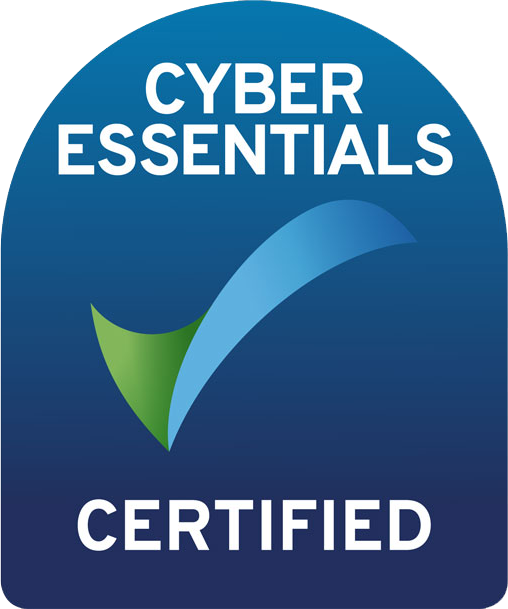Unlike previous government systems that help out with childcare, self-employed parents are now able to take advantage of the new Tax-Free Childcare scheme that was introduced on 21st April 2017.
How does the new Tax-Free Childcare scheme work?
For every £8 that you or someone else pays in, the government will top this up with £2.
This is the equivalent of the tax that most people pay – 20%, hence why the scheme is referred to as one that is ‘tax-free’. The government will top up the account with 20% of childcare costs up to a total of £10,000 – the equivalent of up to £2,000 worth of support per child per year (this increases to £4,000 for disabled children). The parents of the child can then use this money to pay their childcare provider.
However, you will only be able to use this money to pay for a childcare provider who is signed up to Tax-Free Childcare and although parents cannot make payments using both the new scheme and childcare vouchers, it is worth noting that the childcare provider can receive payments from both schemes.
It will also be available for parents who are on paid sick leave, as well as paid and unpaid statutory maternity, paternity and adoption leave.
Am I eligible for Tax-Free Childcare?
You are able to use this new scheme if the following applies to you:
Your child:
- Is under 12, or 17 if they are registered as having a disability
- Usually lives with you.
If you (and your partner, if you have one)
- Are 16 or over
- Live or work in the UK
- Are employed or self-employed
- Are over 21 and earn on average at least £120 a week, unless in your first year of self-employment
- Earn less than £100,000 a year each
- Don’t get other support with your childcare (including from a childcare voucher or salary sacrifice scheme).
You may also be entitled to the scheme if you have a partner and one of you gets any of the following benefits:
- Carers Allowance
- Employment and Support Allowance
- Incapacity Benefit
- Severe Disablement Benefit.

Still have questions about contracting?
How do I create an account?
You will be able to open an online account via the government website where you will pay the money in and have it topped up by the government.
It’s not just the parents of the child that can put into the account either – grandparents, other family members and employers are also able to make payments if they wish to.
This scheme is incredibly flexible, allowing payments to be made more some months and less at other times. This is really useful for building up the balance in the account should you need more childcare than usual, such as over the summer holidays.
It is also possible to withdraw money if you need to – if your circumstances change at all, or if you no longer want to partake in the scheme, you are able to remove the funds, however, if you do, the government will also withdraw its contribution.
How will the Tax-Free Childcare scheme work for self-employed parents?
As long as you have registered your business with HMRC, you are able to apply for the scheme.
As mentioned previously, there is some leeway with regards to self-employed parents who are in their first year of contracting.
For the first 12 months of starting up, you don’t have to earn the minimum £120 a week in order to be eligible for the childcare scheme. After the first year you can then average your self-employment income across the year to meet this minimum income requirement figure.
To find out more about contracting please give Jaime a call on 01442 795 100 or email jaime.thorpe@dolanaccountancy.com.




